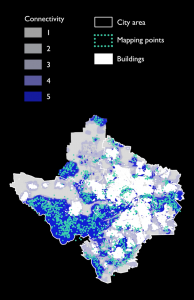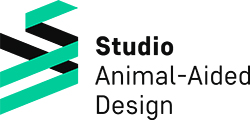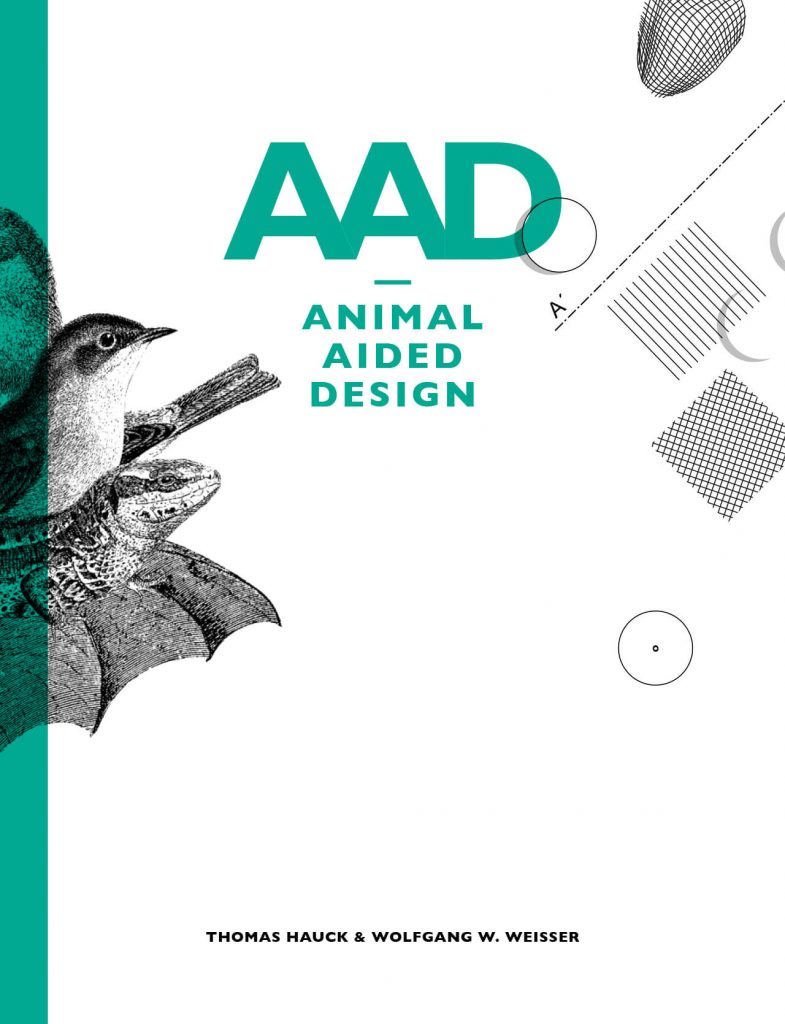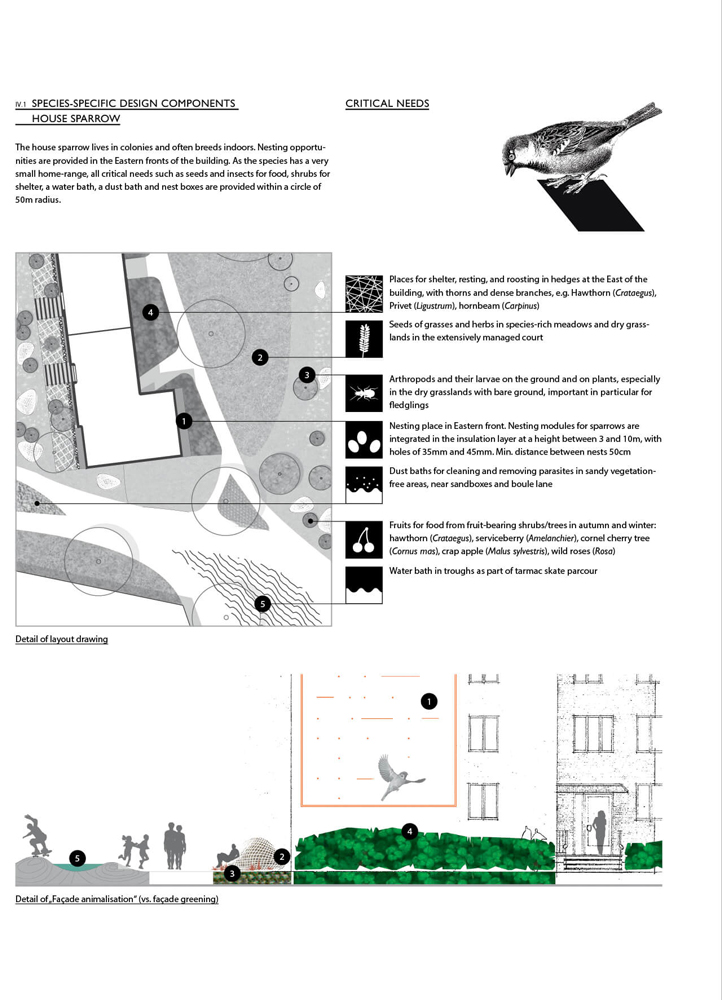METHOD
Including wildlife into urban planning
Biodiversity in cities is important for city dwellers as is supports the provision of ecosystem services and allows for positive human-wildlife interactions. Current urban planning strategies generally ignore biodiversity, and in particular wildlife. Densification and a lack of knowledge about habitat needs of species result in the design of urban buildings and green spaces that are hostile to wildlife. As a consequence, urban biodiversity is decreasing worldwide.
Animal-Aided Design is a methodology that reconciles wildlife conservation and urban design at the local scale, by providing ecological knowledge to urban planners in the design format of their profession. The basic idea of Animal-Aided Design is to include the presence of animals in the planning process, such that they become an integral part of the design. The requirements of the species set boundary conditions for the planning process, but also serve as an inspiration for the design itself. Animal-Aided Design is suited for new developments, but can also be applied to re-developments. It can also be used to optimize building and green space maintenance to allow for more wildlife.
Method
Publication
AAD Method Manual (in German)

Video
The method of Animal-Aided Design

Video
Designing with the life cycle
In the analysis and draft phase, target species are chosen for the design. Target species may be species that are already present at the site that is developed and may be threatened by the development. However, the choice of target species is not restricted to species that are already there, and also not to species that are threatened or of prime conservation concern. AAD aims to increase biodiversity in the city rather than just maintaining the status quo. Thus, a target species may also be a species that stakeholders find attractive, e.g. a bird such as the blackbird that has an attractive song, or that is interesting to watch. A procedure of how to choose target species is described in Apfelbeck et al. (2019). In order to choose a species that is a realistic target species, constraints and opportunities of the development site need to be analysed, and first drafts of species portraits need to be made.
After the draft plan is approved, the critical needs of the target species have to be included into the project design. AAD has developed a format that describes the critical needs of a species – the species portrait.
(Abb. 2: Graphic by Sophie Jahnke)
Click to enlarge
The species portrait not only provides basic biological facts, but also information on the human-animal interface, i.e. the way in which humans can interact with the animal. This includes traits that make a species attractive for humans, such as its appearance and behaviours such as singing, mating, nesting or hunting, as well as the ecosystem services provided by the species. It also includes potential conflicts such as how human land use negatively affects the species (e.g. sensitivity to noise), or potential negative effects on humans that need to be avoided (e.g. feces underneath bat entrances in façades). It also provides information on how a local habitat can be incorporated into larger-scale spatial planning, such space requirements (patch size), minimum population sizes and dispersal capacity.
The detailed project plan should thus include details on how the critical needs of the target species are met. Thus, the designer has to provide information on where and how each species meets each of its critical needs. This not only demonstrates that a critical need is fulfilled, but also where it can be fulfilled. In the final plan there will thus be a specific location for each of the critical needs of the animal. This final plan can be used to test not only whether all critical needs have been implemented, but also whether requirements concerning the relative position of each feature are met.
(Abb. 3: Graphic by Sophie Jahnke and Rupert Schelle)
Click to enlarge
In the construction phase, the design is implemented at the building site. Here, it is important that building supervision takes place, to oversee the correct implementation of wildlife enhancing design elements. Finally, all AAD project should have a post-occupancy evaluation, to test if the target species settles at the project site, if they reproduce successfully, and whether certain structures are more successful than others. Ideally, the monitoring phase should span several years. The insight gained during monitoring will help to further improve species portraits and provide guidance for successful implementation.





